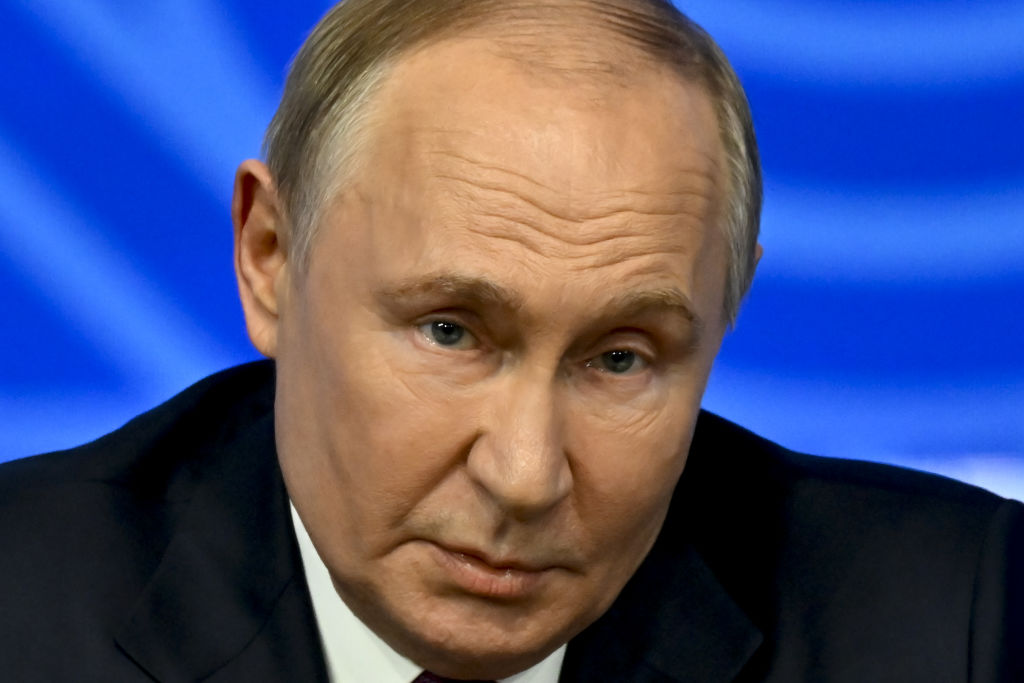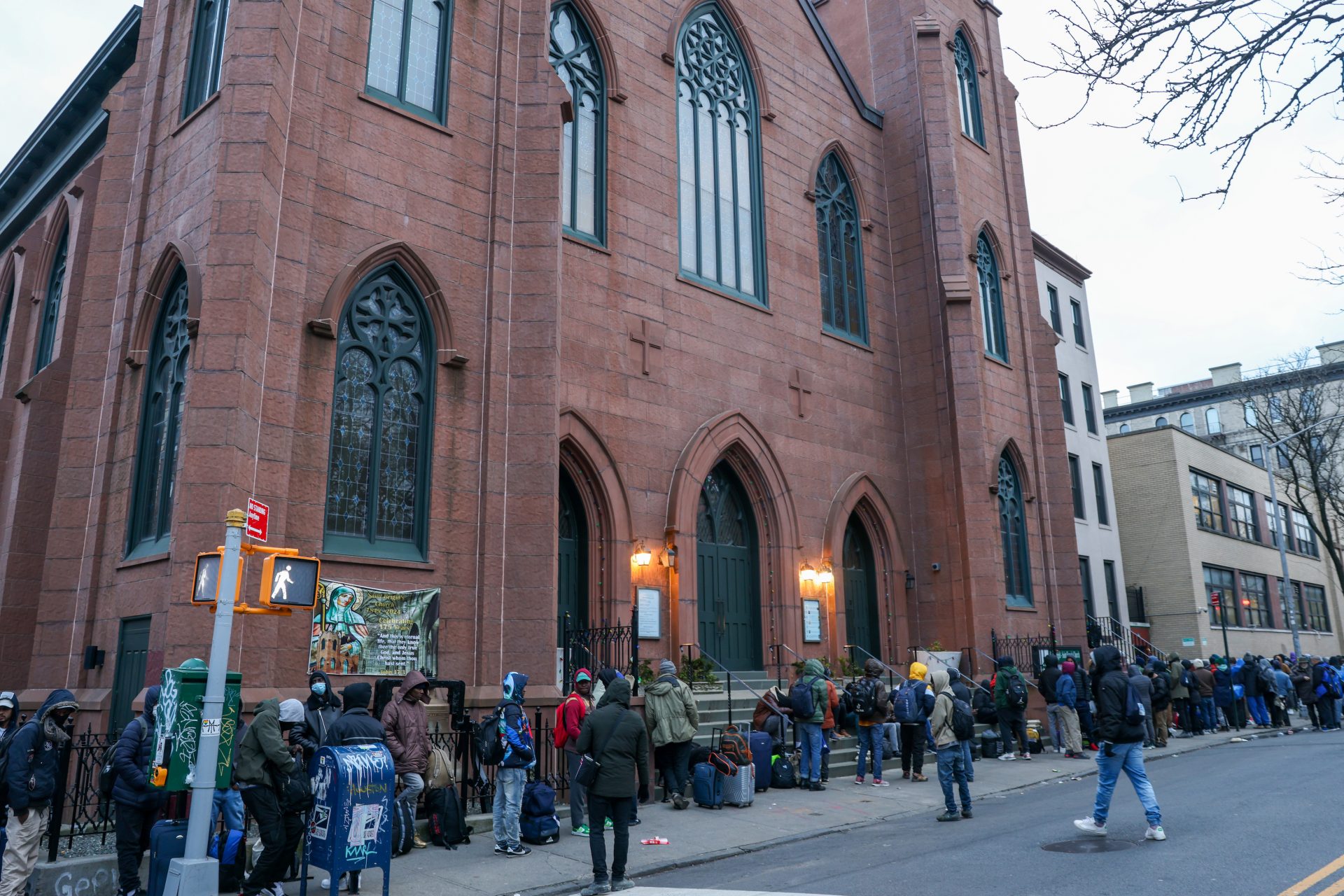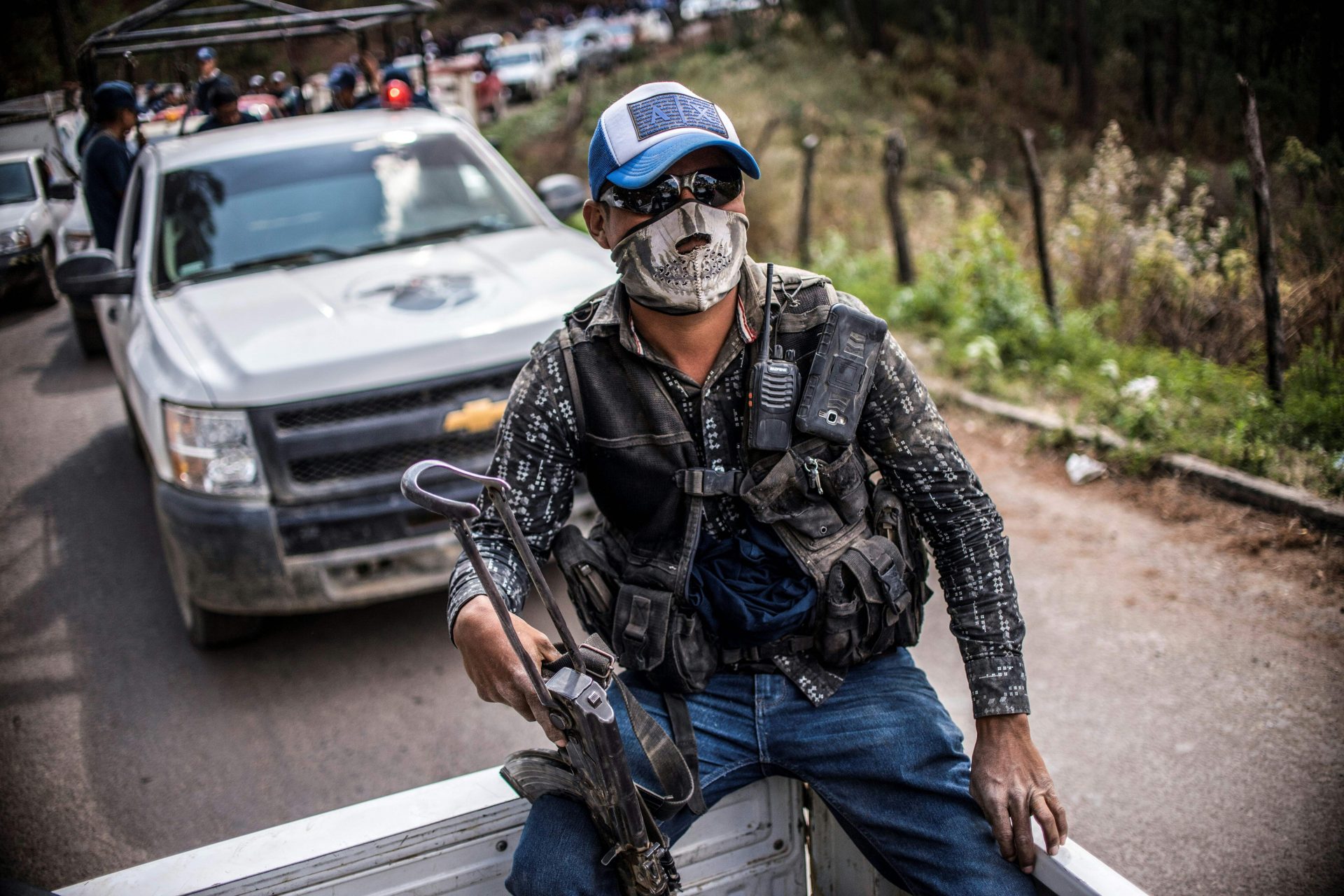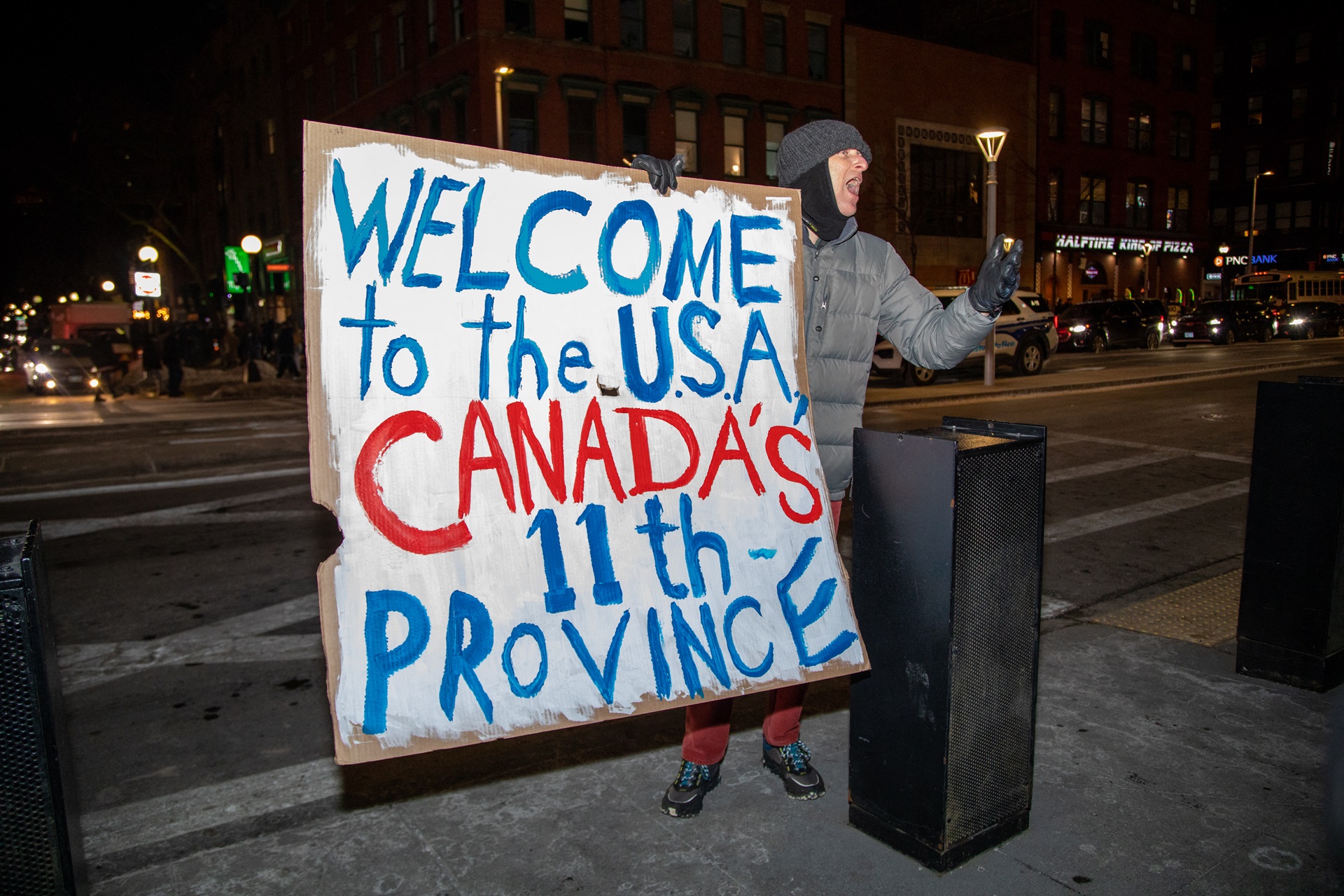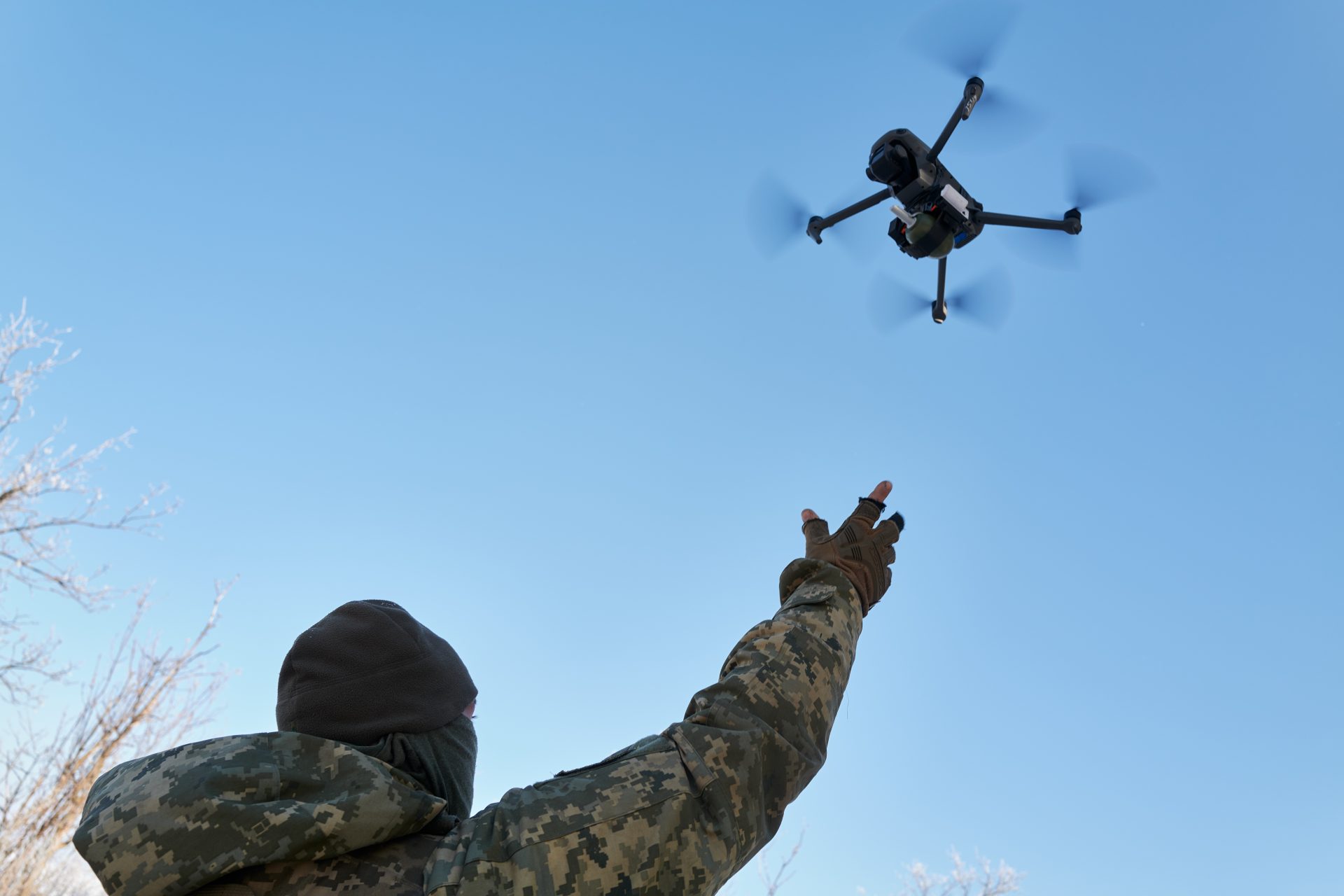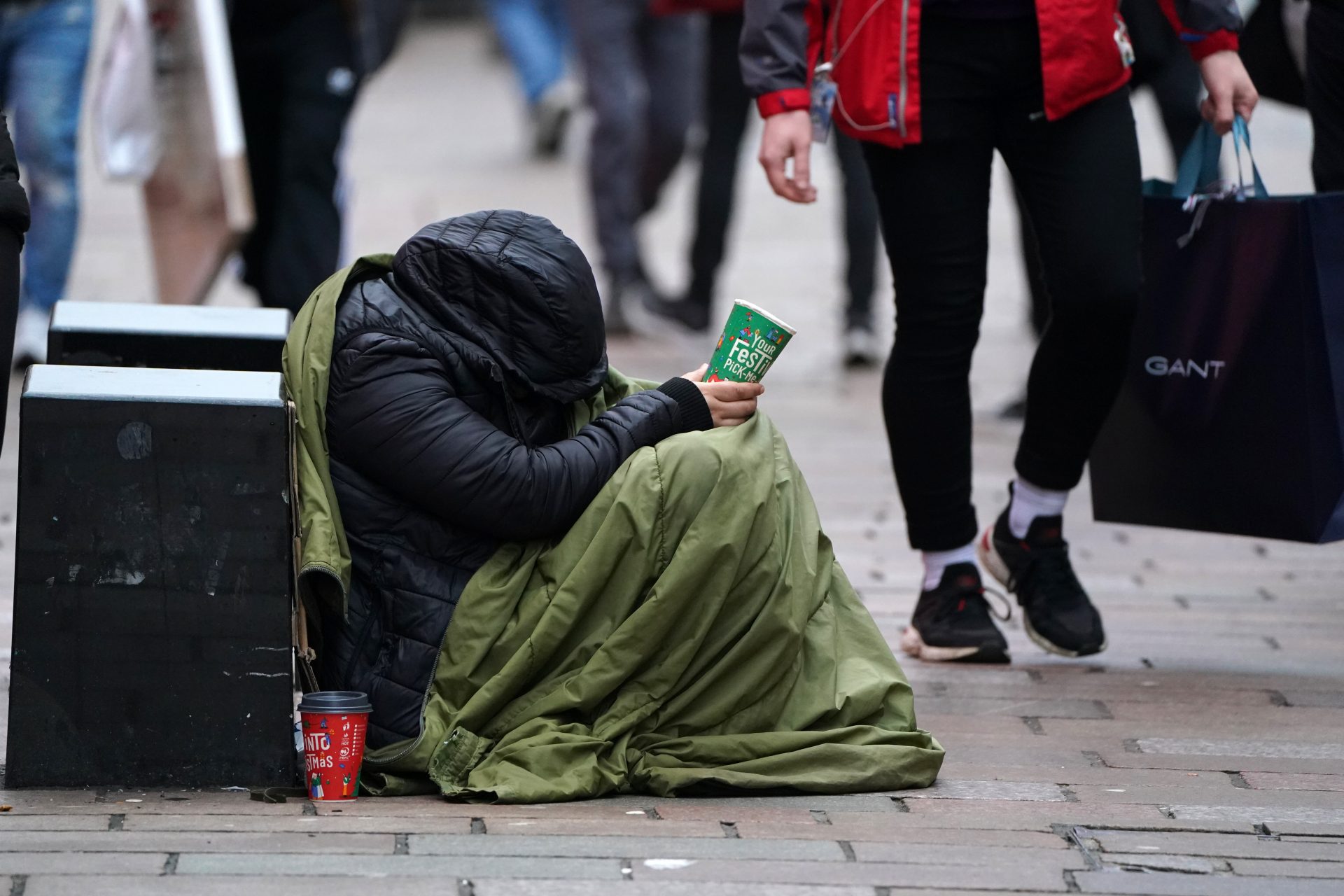Nothing but rubble: the destruction left by Russian troops around the Kyiv region
We still don't know for sure when the war in the Ukraine will end despite plenty of speculation. And when the war is over, those Ukrainians who fled their homeland most likely won't have a home to return to as much of the country is in ruins.
On February 24, The Russian Federation invaded Ukraine. A few days later, troops coming from Belarus enclosed Kyiv, in the northern part of the country. Ukrainians, despite all odds, managed to keep control of the capital after weeks of intense, gruesome fighting.
The Russian army may have retreated eastward, but the desolation left in their wake is something that won’t be forgotten any time soon.
It’s important to point out that one thing is the Kyiv Metropolitan Area (which encompasses Ukraine’s capital) and another thing is the Kyiv Oblast, the north-central province that surrounds the city of Kyiv.
Image: Jan Reinicke / Unsplash
The Kyiv Oblast is roughly the size of the US state of Massachusetts. One of its most notable features is the Chernobyl Exclusion Zone in the north, near the border with Belarus.
From the first moment, Ukraine’s capital was besieged by Russian troops, mostly coming from Belarus in the north. Locals were forced to take refuge in the Kyiv Metro and other shelters as the attacks continued around the city.
One of the most notable locations of this conflict has been Bucha, a city of over 30,000 people northeast of the Kyiv Metropolitan Area. Bucha was fully retaken on March 31 after over a month of battle.
More than a proper battle, governments and the press have denounced Russia’s actions in Bucha as a massacre. According to the BBC, the city mayor reported over 400 people had been killed by the invading troops, with satellite pictures proving that these were not casualties of war but summary executions.
Other accusations of war crimes from Russia occurred in nearby Irpin, a city of over 60,000 people just outside Kyiv, where the Ukrainians managed to repel the invaders and regain full control of the city on March 28.
Journalists from The New York Times reported that for several hours Russian troops bombarded an intersection used by hundreds of civilians to flee the city, killing at least eight. Human Rights Watch claim that, by deliberately attacking civilians, Russia has violated international humanitarian law.
Hostomel, technically part of the Irpin municipality, is another of the urban centers around the city of Kyiv that become an unfortunate battlefield in such unnecessary conflict.
Image: Satellite image (c) 2022 Maxar Technologies.
The city of Hostomel is home to the Antonov Airport, a cargo airfield and testing facility that was briefly held on February 24 by Russian troops. Located a few kilometers from Kyiv, it was a strategic priority for the invading army.
The Ukrainians managed to fend off the Russian invaders, but the airstrip was too damaged to continue working. During the fight, the Antonov An-225 Miriya, the world’s largest cargo plane, was destroyed.
Another strategic target that had been hit by the Russians was the Vizar factory in Vyshneve, south of Kyiv. Vizar, France24 reports, was a manufacturer dedicated to making missiles.
Pictured: What was left of the Vizar offices.
The town of Borodianka, northwest of Hostomel, was described by The New York Times as a quiet town of fewer than 13,000 people. However, being located on one of the main roads leading to Kyiv meant that it was one of the main targets of the Russian invasion.
The New York Times reported on April 5 that the town’s acting mayor estimated that over 200 people had died or were dying under the rubble of bombed-out apartment buildings. Entire residential complexes were turned into piles of debris.
Russian soldiers reportedly looted stores and supermarkets in Borodianka before retreating on March 30. However, despite the retreat, the wounds in Borodianka, Irpen, Bucha, and elsewhere still remain.
On April 16, Associated Press informed that local authorities had found over 900 bodies had been recovered from the Kyiv Oblast region after the Russian retreat. Most of them had been executed, with corpses left on the street or hurriedly buried.
Time will tell if the perpetrators will ever face the responsibility for their actions.
More for you
Top Stories





















